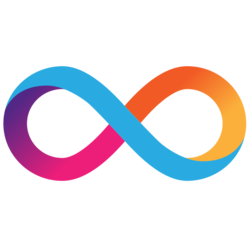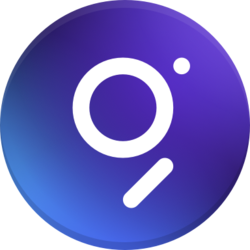Polygon is one
of the initiatives that best exemplifies the bitcoin ecosystem’s rapid
evolution. Polygon, formerly known as Matic Network, has been making waves in
the blockchain sector with its goal of addressing some of Ethereum’s most
critical concerns. Polygon is gaining attention not only for its technological
expertise, but also for the tremendous impact it could have on the world of
decentralized applications (dApps) and blockchain scalability, according to a
spate of recent updates and developments. In this article, we look at the most
recent Polygon changes and why they matter in the context of blockchain
technology and decentralized financing (DeFi).
Overview of
Polygon’s Journey
Before delving
into the most recent improvements, it’s critical to understand Polygon’s
history and objective. Polygon began as Matic Network, a Layer 2 scaling
solution for Ethereum, in 2017. It attempted to address some of Ethereum’s
major issues, including as poor transaction speeds and excessive gas fees.
Polygon’s Proof of Stake (PoS) sidechain architecture allowed transactions to
be offloaded from the Ethereum mainnet, improving scalability and
affordability.
Matic Network
changed to Polygon in February 2021 to reflect its greater goal. Polygon
currently consists of several components, each of which addresses a distinct
area of the blockchain ecosystem:
- Polygon PoS:
The Polygon ecosystem’s primary PoS network. - Polygon SDK: A
robust framework for creating custom blockchains and layer 2 solutions. - Polygon Avail:
An enterprise-focused layer 2 scalability solution. - Polygon Hermes:
A decentralized safe bridge between the Ethereum and Polygon networks; Polygon
Merge: A future upgrade aimed at converting Ethereum to a PoS network.
Now, let’s look
at the most recent upgrades that are influencing Polygon’s direction and why
they are important.
Rapid Growth
of Polygon
Polygon’s
phenomenal expansion in terms of acceptance and users is one of the most
significant developments. The network has attracted a strong community of
developers, projects, and users, resulting in an increase in platform activity.
Polygon’s focus to provide a seamless experience for developers and end users
is driving this growth.
Why It’s
Important: Polygon’s quick growth demonstrates its efficacy in addressing
Ethereum’s scalability challenges. Polygon is establishing itself as a viable
alternative to Ethereum for dApps and DeFi platforms as more projects and
consumers migrate to it for faster and…
























